Parasites can certainly be called natural companions of humans, since these creatures cannot live outside the host's body. It is believed that at least 70% of the world's population are infected with various types of helminths. In addition, many people are at home for them almost from birth. At the same time, he is thinking about the question of how to determine the presence of parasites in the body, about a third of all infected. The reason for this is the low level of awareness of the population or a lack of interest in their state of health.
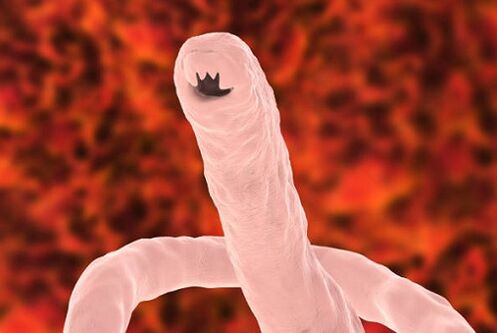
To avoid complications from parasites, it is important to identify the infection in a timely manner.
According to statistics, more than 60% of people with parasitic infections learn about the problem by chance, and only about 30% specifically look for symptoms of helminthiasis and go to specialists to identify the problem.
Until recently, helminthiasis was mostly referred to as the disease of the poor, as hygiene skills are poorly taught in these layers. However, with the growing interest of science in the problem, it turned out that such a definition is fundamentally wrong, since worms can be found in both farmers and serious business people.
Why is coexistence with parasites dangerous?
Many people don't understand why they need to be tested for parasites when there are no serious health problems? Why should you look for disorders in your condition if they do not interfere with your usual lifestyle? In addition, 8% of the population have a valid question: what if a person learns to live with parasites in their body? After all, evolution does not stand still, and what was once considered harmful may already be the norm.
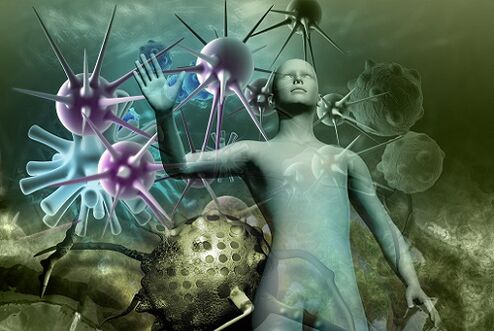
Similar questions have been asked more than once, and any doctor, even the most inexperienced, will say that a parasitic organism is different from a symbiont (a microorganism peacefully existing in a person that, for example, helps process and ingest food more efficiently). ) because it takes more than there is. In the human body, parasites generally behave like very unreliable and irresponsible hosts:
- clog it with toxins and slags;
- destroy the natural defenses (immunity);
- take away most of the nutrients;
- damage internal organs on a physical level.
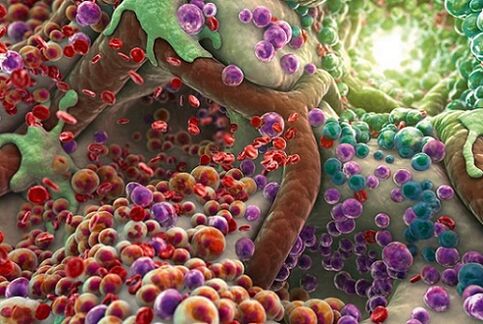
This is known as parasitism; H. existence in the host's body in order to obtain the greatest possible benefit for himself without, however, being of any benefit to the host.
Timely detection of parasites will help avoid many problems, including severe endocrine and hormonal disorders, internal organ dysfunction, and even mental disorders.
What are the signs of parasites
Most of the parasitic life forms dangerous to humans live in the intestines and internal organs. They rarely go outside in their original form, and therefore, when making a preliminary diagnosis, the doctor takes into account only the external signs of their stay. Their presence can be determined by a combination of clinical manifestations.

In 99% of cases, the host's body reacts violently to a hazardous environment. Signals of an infection with worms can be various disorders of the body functions, depending on the organ in which they live. Since parasites can be difficult to detect in their natural form, it is important to look out for the following symptoms:
- Sudden onset of indigestion. Most often they indicate that intestinal forms of helminths - round and tapeworms, lamblia and unicellular organisms - have begun to parasitize. This group of symptoms can manifest itself as sudden constipation or diarrhea, nausea and vomiting, belching, poor digestion. Another sign of intestinal helminthiasis is vague abdominal pain that may not be clearly localized.
- Allergic reactions in the form of rashes, peeling of the skin, the appearance of spots. In most cases, it is impossible to find out the source of such a reaction, as tests for allergens show negative results. And only after the patient passes the test for the presence of parasites in the body, it becomes clear what caused the atypical immune response.
- General deterioration in well-being in the form of feverish states, fatigue, deterioration in the quality of sleep. Similar clinical manifestations of helminthiasis appear immediately after the invasion, as well as with its prolonged course. Since it is not immediately possible to identify parasites, many patients try to cope with these unpleasant phenomena with the help of folk remedies and symptomatic medicines. They usually only bring temporary relief.

A certain group of signs of diseases associated with infection with worms can only be found in women. This makes your hair and nails dull and brittle. The skin also suffers from parasites - it turns pale, pustules, age spots, peeling appear.
A rare woman associates cosmetic problems with helminths. Most of them say to the end: "I have a vitamin deficiency, hormonal imbalance, no worms! "
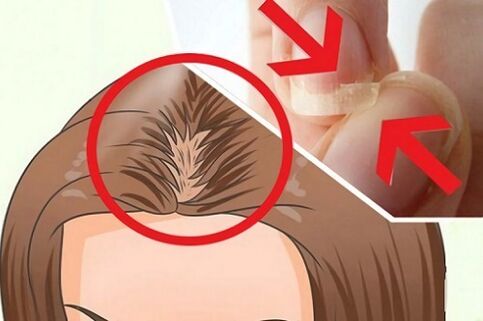
If you have the slightest suspicion that there are parasites in your body, how do you know what exactly caused them? There are many home self-diagnostic methods, as well as specific methods of identifying worms.
How to recognize helminthiasis at home
Approximately 70% of patients who suspect they have helminths do not want to see a doctor with this problem. And the point here is not that a person does not care about their own health. So far, helminthiasis was considered a shameful disease that can only occur in the lower classes of the population. However, experts say that quite wealthy people can acquire an insidious settler.
Since helminths usually settle in the intestines, the only way to detect their presence is to check the feces. This tried and tested method formed the basis for the microscopic examination of excrement, during which the doctor can identify the eggs of the worms.

This is the easiest and cheapest method and can be done at home. However, you cannot see the eggs of worms because of their microscopic size.
How does the self-test work?
There are several rules for determining the presence of parasites in the human body in this way:
- The feces should be examined several times, as the worms do not come out constantly, but periodically. Since different types of worms become active at different times of the day, it is worth collecting portions of faeces both in the morning and in the evening. Pinworms are found in the morning and larger worms are often found in the evening - roundworms and tapeworms.
- The person examining the feces for helminths should wear disposable medical gloves on their hands. Most helminths actively secrete eggs, which if ingested can cause re-infection. It is important to protect yourself from it even if you already have symptoms of worm infection. After wearing gloves, throw them away and wash your hands thoroughly with soap and water.
- When examining the feces, it is worth using an object, since parasites can be found not only on the surface, but also in the center of the feces. It is advisable to discard the stick or spatula after such use.

Finally, the most important rule of self-study from feces for worms. It is advisable to collect the material in a separate bowl as it is unlikely that it can be controlled with special care in a toilet bowl or saucepan. As a last resort, you can cover the toilet bowl with plastic, empty it, and then carefully examine the feces.
Experts recommend applying a small portion of the material to the glass and then examining it from all sides in good lighting. This is how even the smallest parasites can be seen.
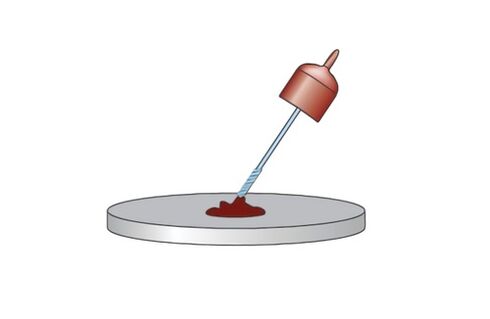
The result of self-examination of the feces for worms
It is necessary to speak of 100% helminthiasis, if in the feces could be found:
- living or motionless little worms;
- white or yellowish slices that look like cooked pasta with a slightly wavy edge;
- Fragments that look like grains of rice that can be mobile;
- large roundworms, white or pink in color.
All of these signs indicate infection with dangerous worms, which can lead to serious health problems, including sudden death. But even if the feces turn out to be "clean" and there are symptoms of helminthiasis, you should urgently contact an infectious disease specialist or pediatrician (if signs of helminthiasis are detected in a child).
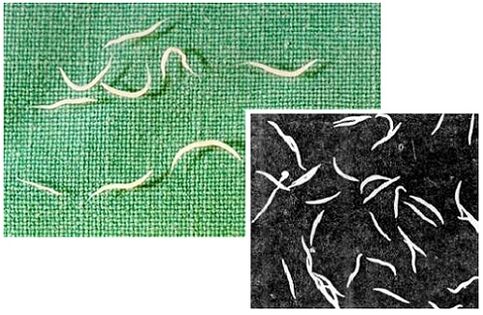
Tests for worms in the clinic
Since it is very difficult to find out whether there are parasites in the body by yourself, and the results of self-diagnosis are not very accurate, you should entrust the diagnosis to professionals. A referral for the necessary tests will be made by a doctor or an infectious disease specialist. If signs of invasion bother the child, you can see a pediatrician.
To make an accurate diagnosis, you need to pass:
- microscopic analysis of feces (coproovoscopy) - preferably three times with an interval of a week;
- Scratching for enterobiasis;
- a blood test for ELISA - a single delivery is enough to make a reliable diagnosis;
- Analysis of feces PCR - mandatory when ambiguous results of microscopic examination of feces are obtained.

The doctor can also prescribe additional instrumental diagnostics. Most often this occurs when there is a suspicion of the presence of helminths in the liver parenchyma and in the bile ducts or in other internal organs. In the presence of worms, the tests are positive (parasite eggs, their DNA, antibodies and antigens against them are found in the materials).
Based on the results of the diagnosis, the patient is prescribed treatment, which can almost always be carried out at home (not many parasitic infections require hospitalization). Therapy may be required for all members of the family of the worm carrier because many species of these creatures can easily be transmitted from person to person.
















































